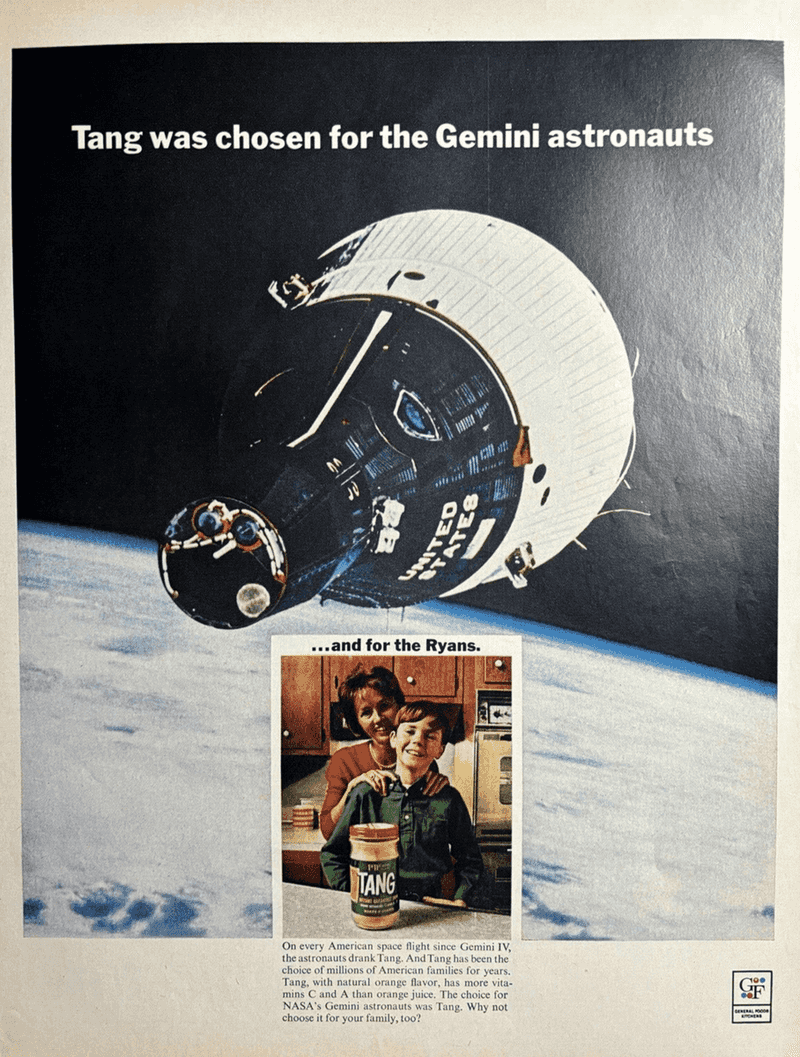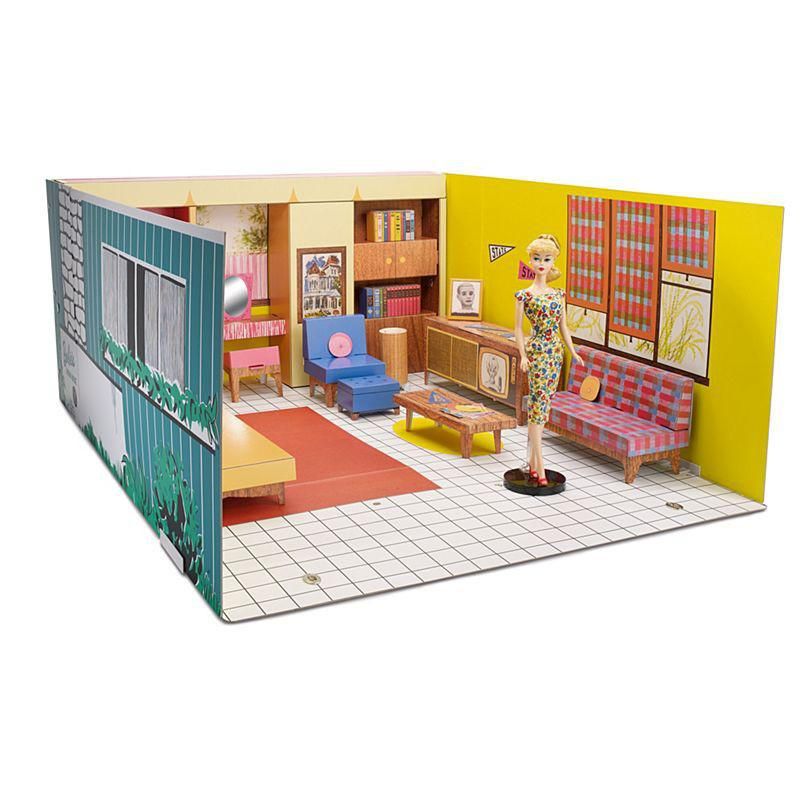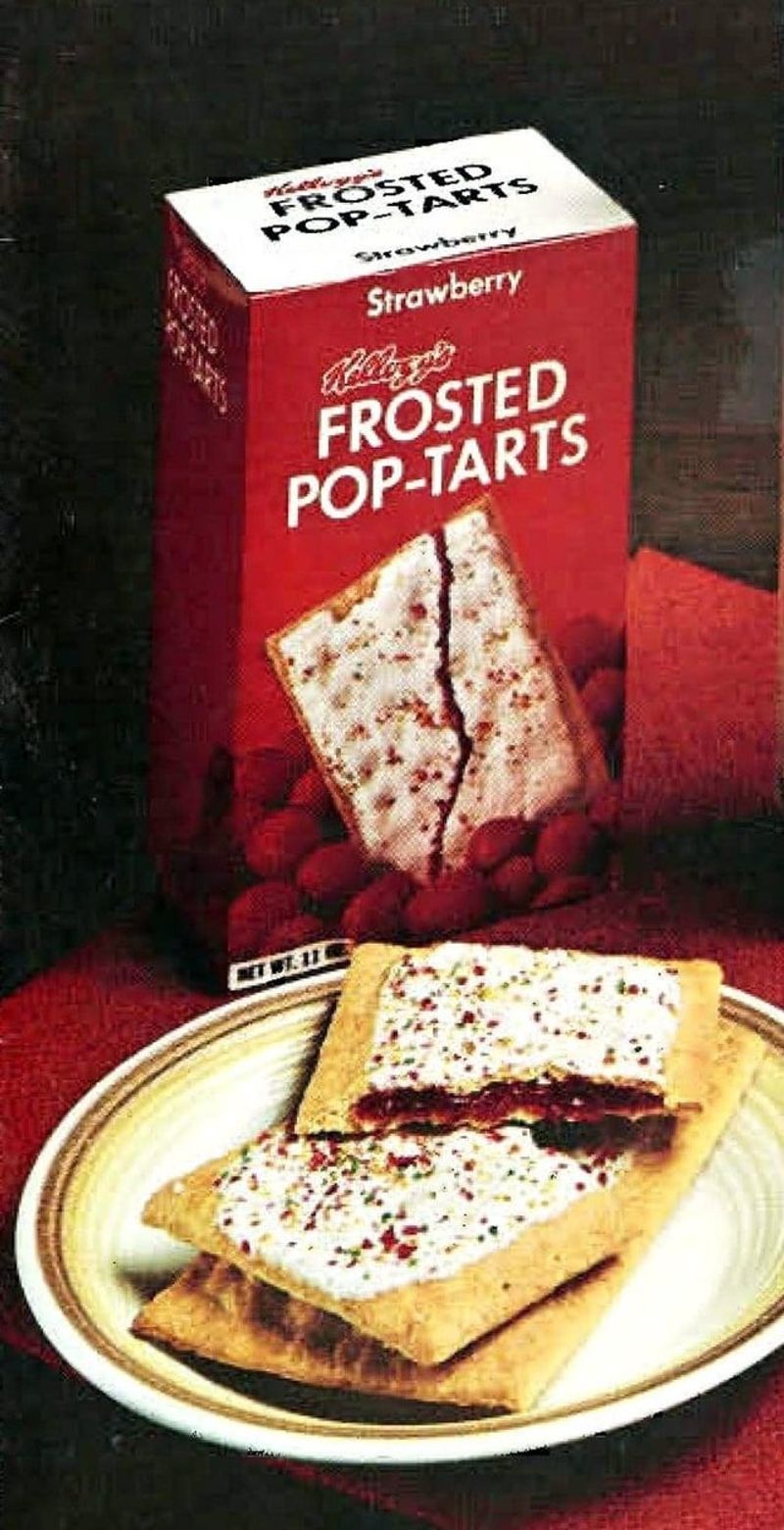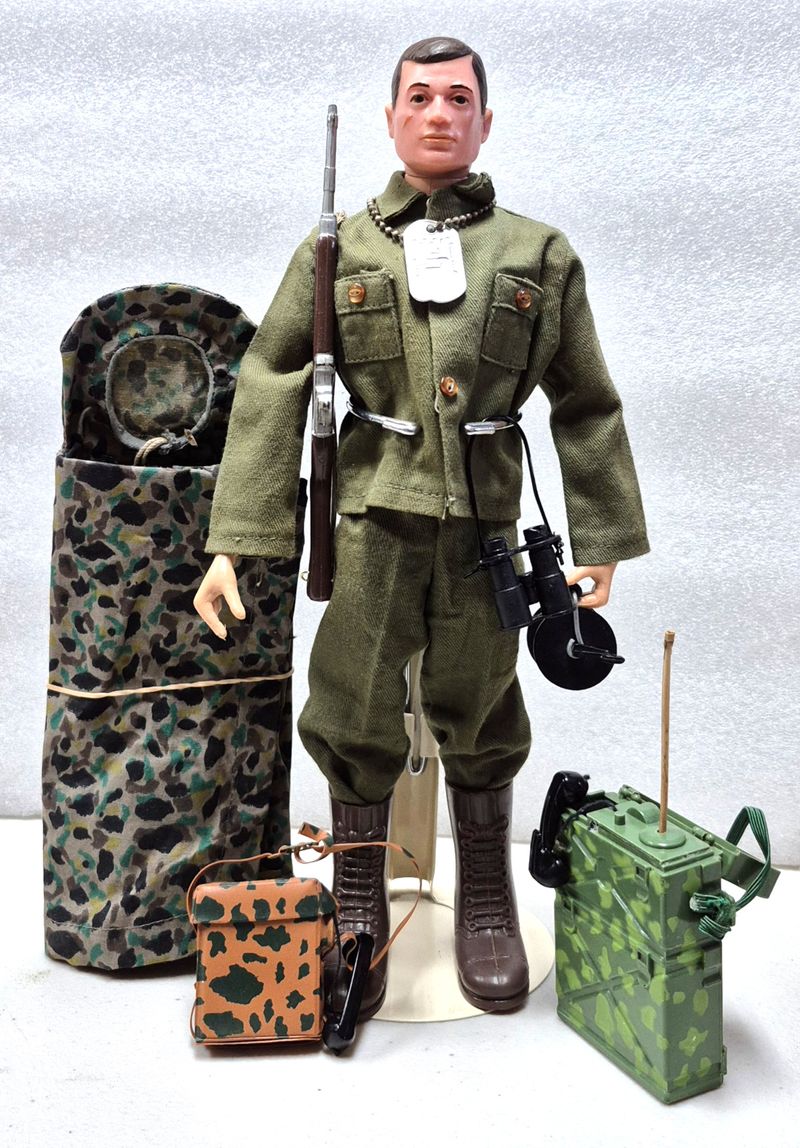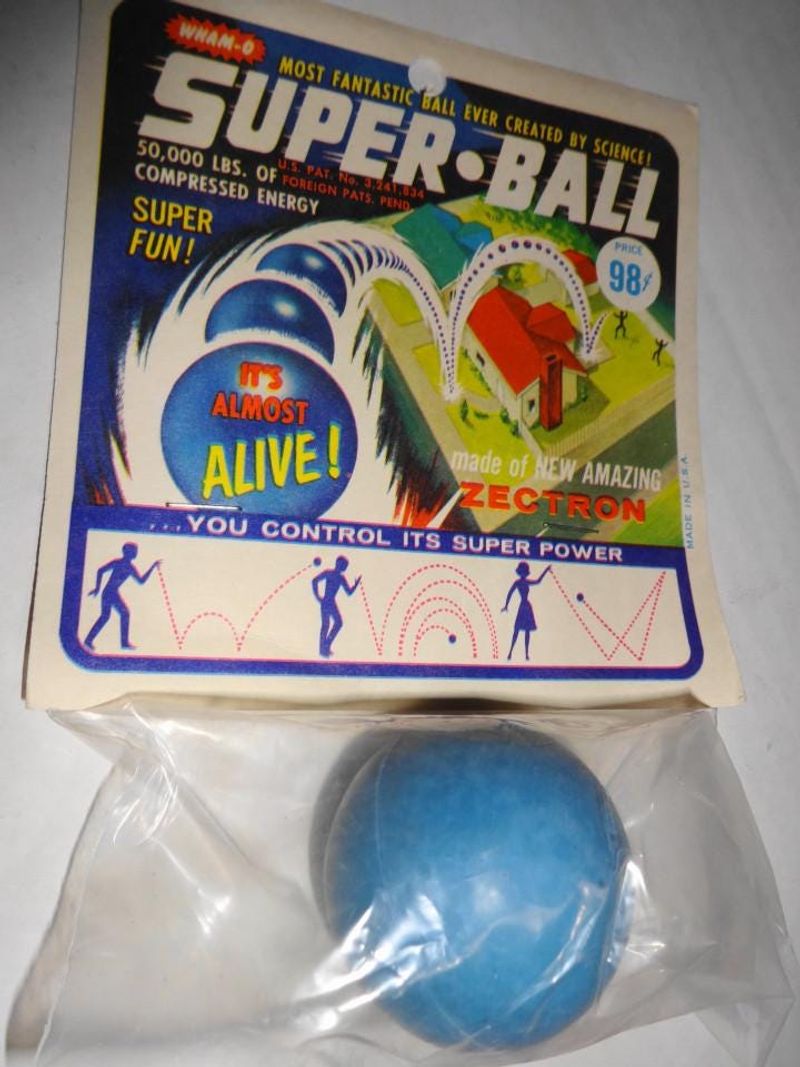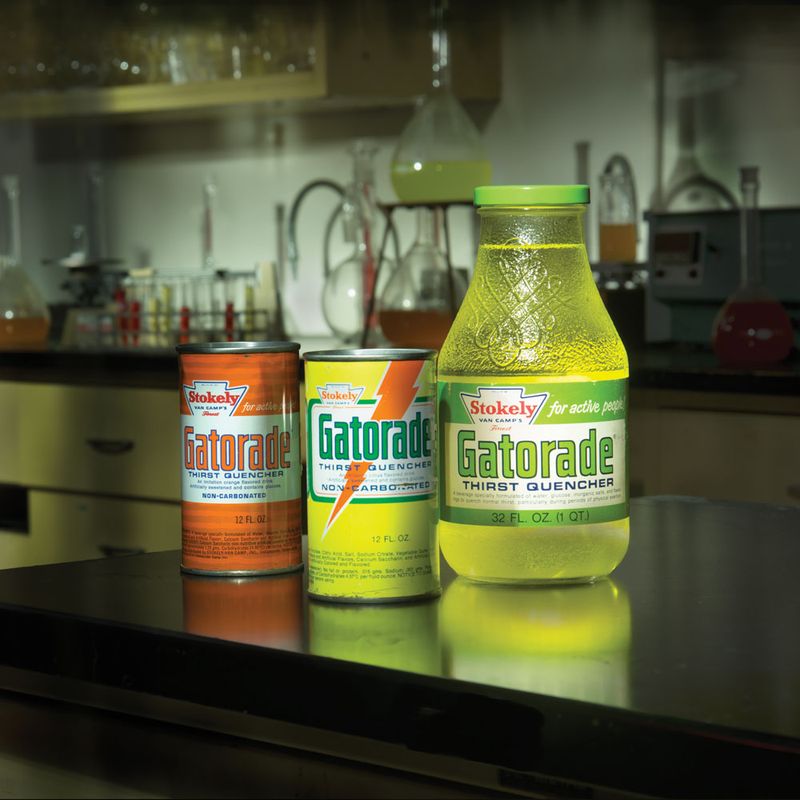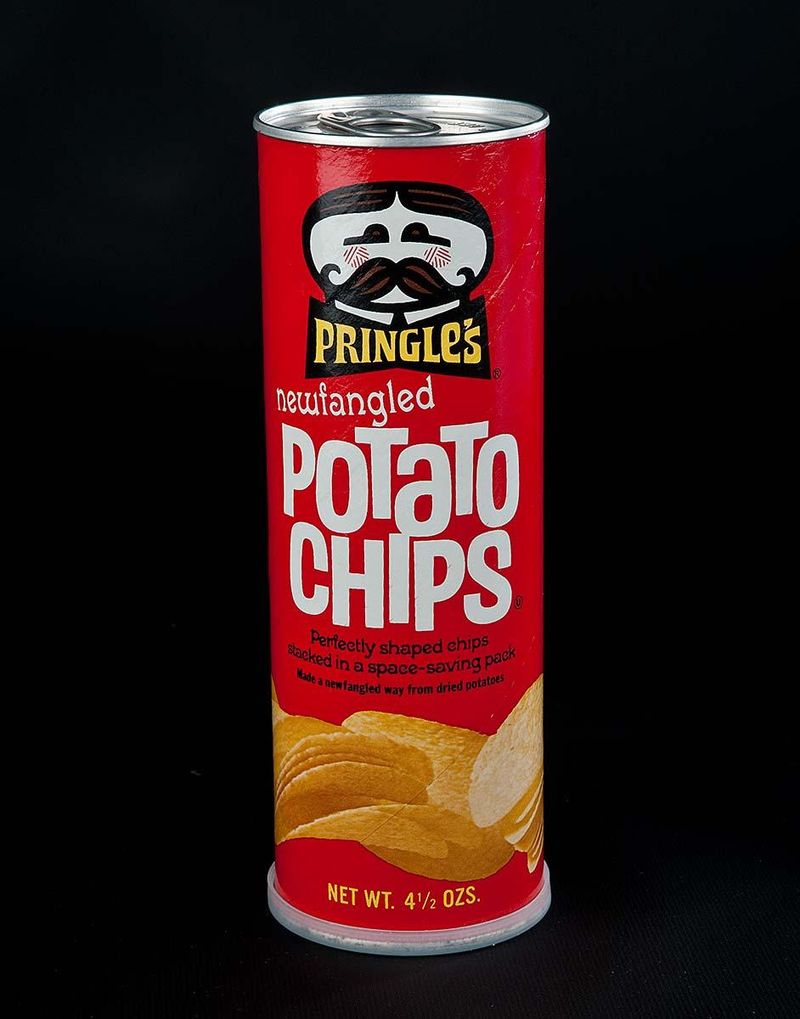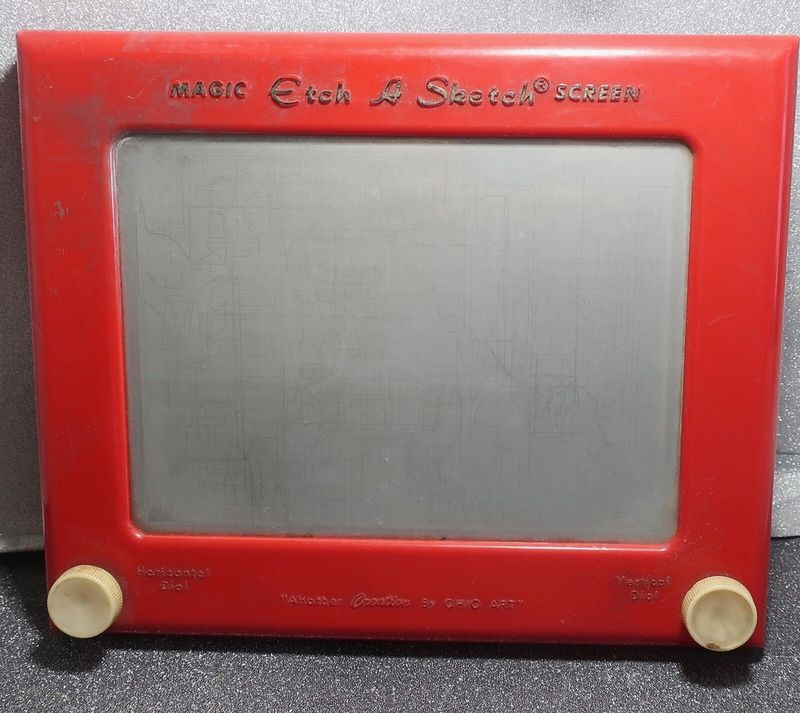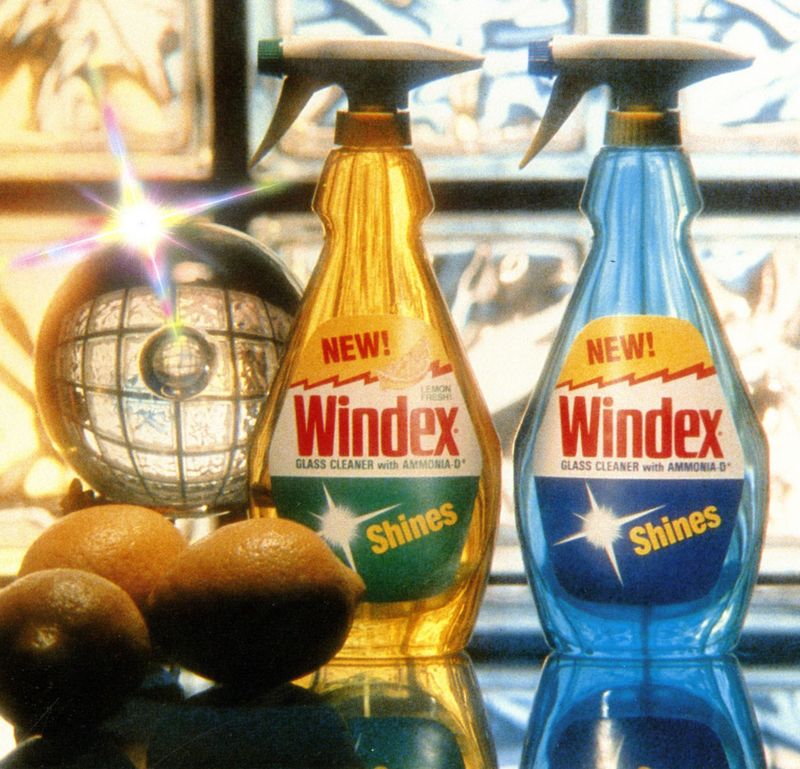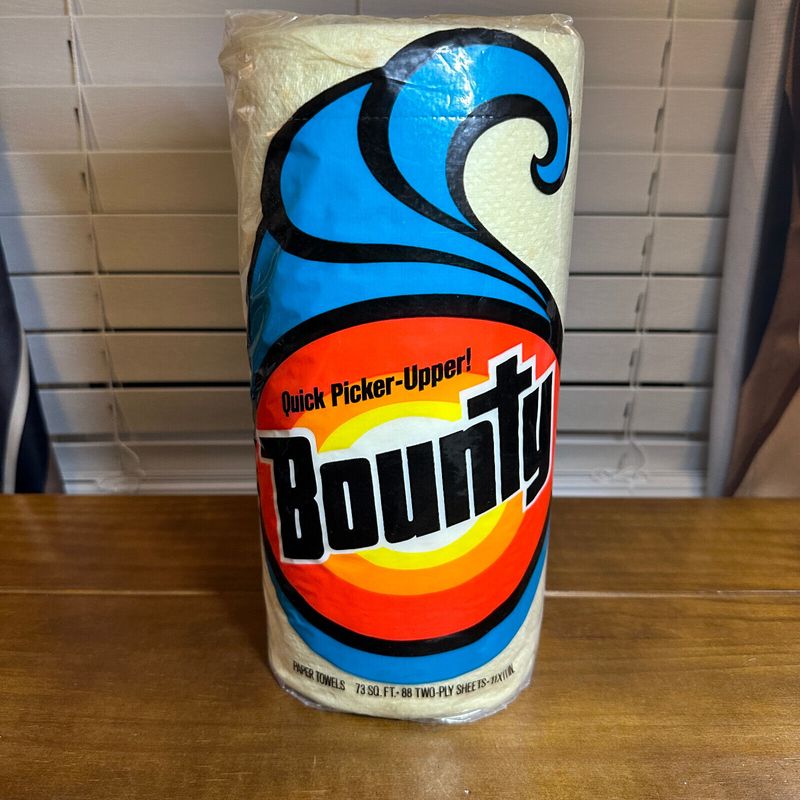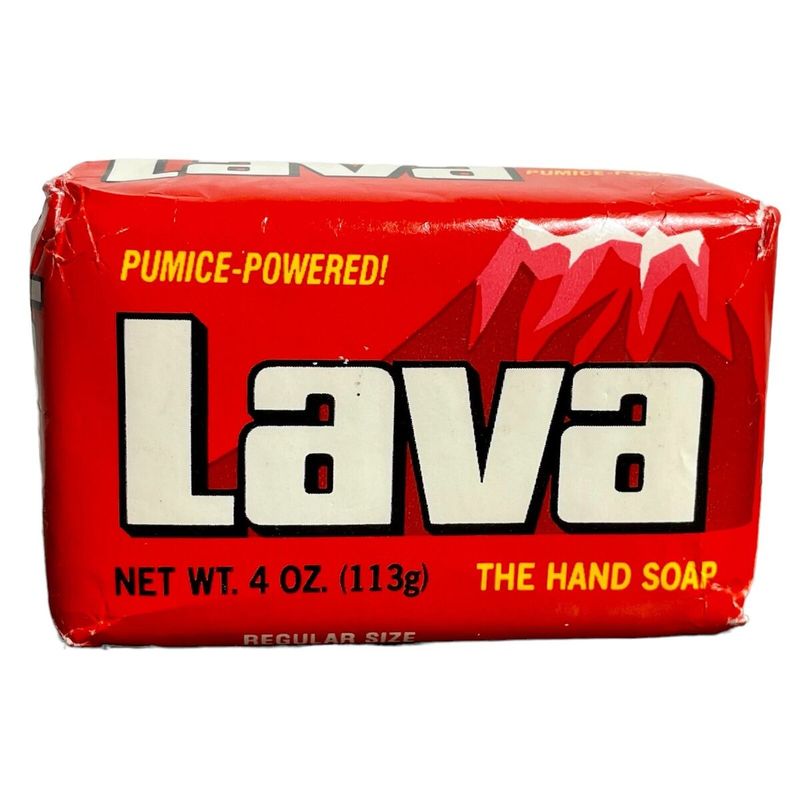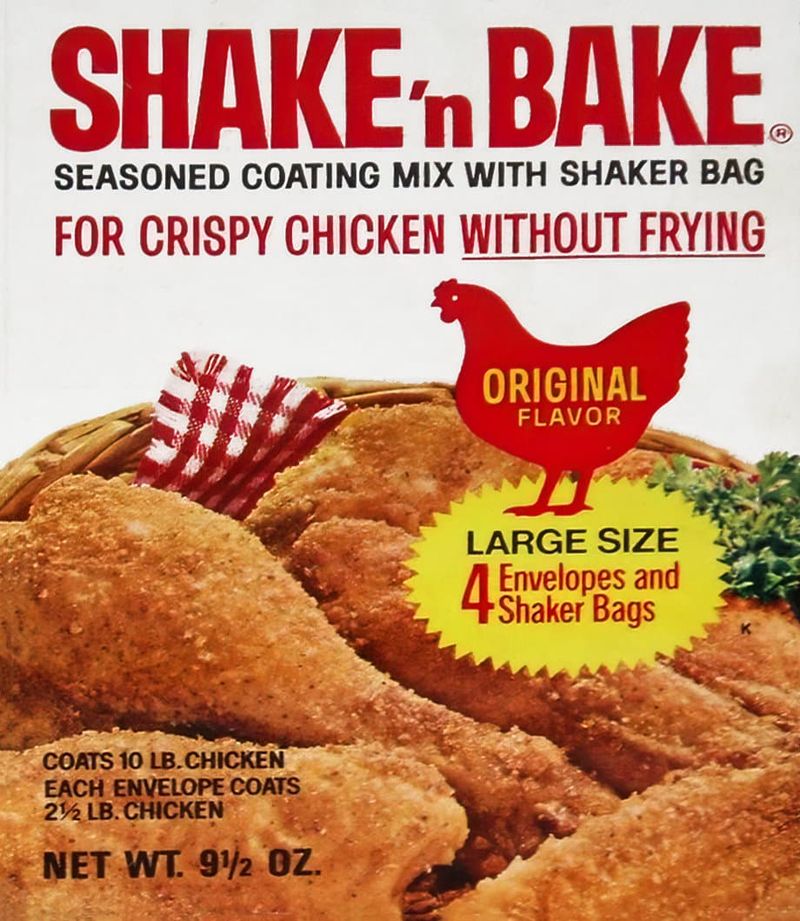The 1960s was a golden era for innovation and consumer goods. Countless products launched during this decade not only survived but thrived, becoming permanent fixtures in American homes. From kitchen gadgets to cleaning supplies and toys, these items revolutionized daily life and created brand loyalties that have lasted for generations.
1. Tang – The Astronaut’s Breakfast
Created in 1957 but rocketing to fame when used by NASA astronauts in the ’60s, Tang became America’s space-age breakfast sensation. The powdered orange drink captured children’s imaginations nationwide. General Foods marketed it heavily with the space program connection, making kids everywhere beg their parents for the drink that helped astronauts reach the stars. While not actually developed for space travel, this clever association transformed Tang from an ordinary product into a cultural phenomenon.
2. Barbie’s Dreamhouse – A Plastic Palace Revolution
Mattel unveiled the first Barbie Dreamhouse in 1962, forever changing how children played with dolls. Unlike earlier dollhouses made of metal or wood, this folding cardboard structure with plastic furniture represented modern living with mid-century style. Children could now imagine Barbie in a complete lifestyle setting with contemporary furnishings and accessories. The Dreamhouse concept evolved over decades but began as a modest studio apartment with vibrant ’60s decor – a far cry from today’s multi-story mansions with elevators and swimming pools.
3. Easy-Bake Oven – Baking With a Lightbulb
Kenner Products introduced this miniature working oven in 1963, warming the hearts of young bakers everywhere. Powered by an ordinary incandescent light bulb, it actually baked tiny cakes and cookies using pre-packaged mixes. Parents appreciated its safety compared to letting children use real ovens. The turquoise original model resembled a conventional oven of the era. Over 23 million Easy-Bake Ovens sold in the first decade alone, making it one of the most successful toys in history and creating generations of budding chefs.
4. Pop-Tarts – Breakfast Gets Portable
Kellogg’s launched these sealed pastries filled with fruit in 1964, revolutionizing breakfast for busy families. The original flavors – strawberry, blueberry, brown sugar cinnamon, and apple currant – came without frosting, which wasn’t added until 1967. Pop-Tarts answered the growing need for convenient, shelf-stable breakfast options as more women entered the workforce. The name was inspired by Andy Warhol’s pop art movement. Families loved that children could prepare them independently, either toasted or straight from the package, making morning routines simpler for everyone.
5. G.I. Joe – America’s Moveable Fighting Man
Hasbro created history in 1964 with G.I. Joe, the first action figure marketed specifically to boys. Standing 12 inches tall with 21 moving parts, he wasn’t called a “doll” but rather an “action figure” – terminology that continues today. The original figures represented four military branches: Army, Navy, Air Force, and Marines. Each came with detailed uniforms and accessories that could be purchased separately. G.I. Joe’s popularity soared during the Cold War era when military service was widely respected, though later versions would adapt to changing attitudes about war and conflict.
6. Wham-O Super Ball – The Bouncing Phenomenon
Chemical engineer Norman Stingley created this super-resilient rubber ball that could bounce over buildings when dropped from a great height. Wham-O began selling it in 1965 for 98 cents, moving over six million units in the first year alone! The ball’s incredible bouncing power came from a newly developed material called Zectron. Kids nationwide became obsessed with testing its limits. The Super Ball phenomenon grew so large that it even inspired the name of the NFL’s championship game – the Super Bowl – when Chiefs owner Lamar Hunt watched his children playing with one.
7. Gatorade – Born on the Football Field
University of Florida researchers created this sports drink in 1965 to help the school’s football team – the Gators – stay hydrated in sweltering heat. Players immediately showed improved performance, leading to the drink’s rapid adoption across sports. The original flavor was lemon-lime, described by players as tasting like “toilet bowl cleaner.” Nevertheless, its effectiveness couldn’t be denied. When Florida beat Georgia Tech in the 1967 Orange Bowl, the opposing coach famously said they lost because they “didn’t have Gatorade.” This testimony helped launch the product into national consciousness.
8. Astroturf – The Grass That Never Needs Mowing
Originally developed by Monsanto as “ChemGrass” in 1965, this synthetic turf gained fame when installed in Houston’s Astrodome in 1966, leading to its renamed “AstroTurf.” The dome’s translucent ceiling had been painted to reduce glare, which killed the natural grass inside. AstroTurf offered a practical solution for indoor stadiums and became a symbol of futuristic living. Beyond sports, homeowners installed it around pools and patios. Though controversial for causing more player injuries than natural grass, it revolutionized sports surfaces and created an entirely new industry of synthetic playing fields.
9. Pringles – Stackable Potato Crisps
Procter & Gamble introduced these uniformly shaped potato crisps in 1967 after years of development. Unlike traditional potato chips, Pringles were made from dehydrated potatoes formed into a hyperbolic paraboloid shape – a saddle curve that allowed them to stack neatly. The innovative cylindrical can with resealable lid kept them fresh and unbroken. Originally called “Pringles Newfangled Potato Chips,” they faced legal challenges about whether they could be called “chips” at all. The mascot – Mr. Pringle with his distinctive mustache – became one of the most recognizable food characters in advertising history.
10. Crock-Pot – The Working Woman’s Dinner Solution
Rival Manufacturing introduced this revolutionary slow cooker in 1971, though its development began in the late ’60s based on a bean cooking appliance. The Crock-Pot allowed busy families to prepare dinner in the morning and return to a fully cooked meal hours later. With more women entering the workforce, this countertop appliance became an essential time-saver. The original featured a fixed ceramic insert with heating elements wrapped around the sides. Priced at about $25, it was affordable for middle-class households. Its set-it-and-forget-it cooking method transformed American dinner preparation for generations.
11. Etch A Sketch – Drawing With Knobs
The Ohio Art Company began selling this mechanical drawing toy in 1960 after purchasing the rights from French inventor Arthur Granjean. Its distinctive red frame and two white knobs allowed users to create drawings on the gray screen by controlling horizontal and vertical lines. Children and adults alike were fascinated by the aluminum powder coating inside that created the lines. Turning the toy upside down and shaking erased the image completely. The Etch A Sketch became so iconic that in 2003, it was named to the Century of Toys list by the Toy Industry Association, recognizing toys that have inspired creative play across generations.
12. Windex – The Blue Window Cleaner
Though first developed in 1933, Windex gained household prominence in the 1960s when it adopted its signature blue color and distinctive ammonia formula. The spray bottle design made window cleaning significantly easier than previous methods involving rags and buckets. Television advertising during the ’60s cemented Windex as the go-to solution for streak-free glass. The instantly recognizable blue liquid became synonymous with cleanliness in American homes. S.C. Johnson & Son acquired the brand in 1993, but maintained the classic blue color that had become its trademark, understanding that consumers strongly associated the color with the product’s effectiveness.
13. Bounty Paper Towels – The Quicker Picker-Upper
Procter & Gamble introduced Bounty in 1965 as a more absorbent alternative to existing paper towels. Their two-ply design could handle spills that would soak through competitors’ products, quickly earning them the nickname “the quicker picker-upper.” Television commercials often demonstrated Bounty’s superior absorption by comparing it to other brands. The distinctive packaging featured a lumberjack named Brawny, who was later replaced by the Rosie character. Bounty revolutionized kitchen cleanup, offering strength when wet that made it possible to reuse the same towel multiple times – a major selling point for budget-conscious households.
14. Lava Soap – The Mechanic’s Hand Cleaner
WD-40 Company’s heavy-duty hand soap with pumice gained massive popularity in the 1960s as America’s love affair with automobiles peaked. Home auto repair was common, and Lava’s unique formula removed stubborn grease and grime that regular soap couldn’t touch. The soap contained finely ground pumice stone that worked as a gentle abrasive. Its distinctive orange-red color and rough texture made it immediately recognizable. Television commercials often targeted working men, showing mechanics and DIY enthusiasts cleaning engine grease from their hands. The name “Lava” referenced both the volcanic pumice it contained and its powerful cleaning action.
15. Shake ‘N Bake – Fried Chicken Without Frying
General Foods introduced this coating mix in 1965, promising the taste of fried chicken without the mess and calories of actual frying. The product consisted of breadcrumbs and seasonings that home cooks would shake with chicken pieces in a plastic bag before baking. The iconic commercial featuring the catchphrase “And I helped!” showed children assisting with dinner preparation by shaking the bag. Shake ‘N Bake represented the growing trend toward convenience foods that still involved some home preparation. It appealed to health-conscious families wanting to reduce fried foods while maintaining the flavors children loved.

